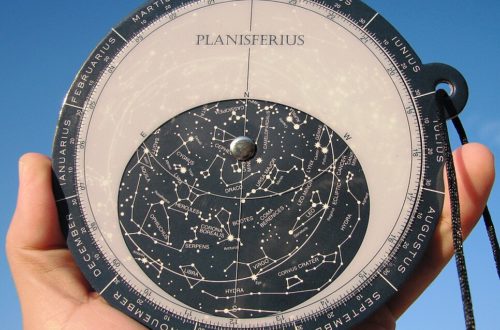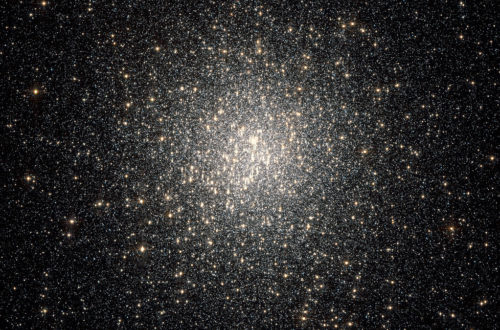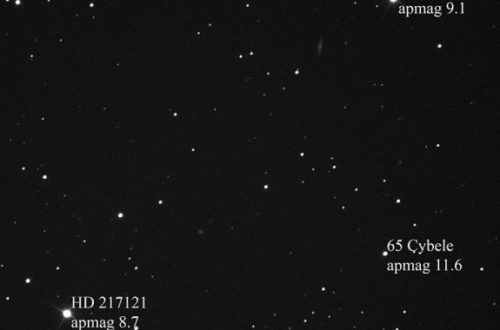Monthly Stargazing Calendar for November 2015
Looking for the November 2023 stargazing calendar?
On the night of November 5 and 6 we will witness the peak of the Taurids meteor shower. It is a long-running minor meteor shower producing only about 5-10 meteors per hour at peak, while some meteors can also be seen from September 7 to December 10. However it is unusual in that it consists of two separate streams. The first is produced by dust grains left behind by Asteroid 2004 TG10. The second one is produced by debris left behind by Comet 2P Encke. Unfortunately the second quarter moon will block out all but the brightest meteors this year. If you are patient, you may still be able to catch a few good ones from a dark location far away from city lights. Meteors will radiate from the constellation Taurus, but can appear anywhere in the sky.
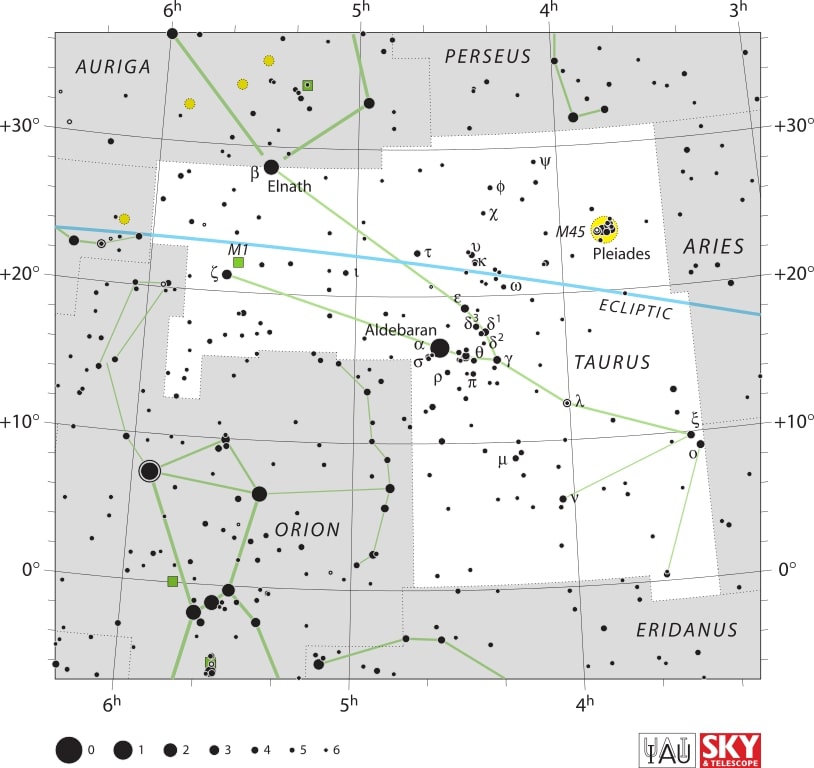
Would you like to be notified of stargazing events?
Later this month on the night of November 17 and 18 we will see the peak of another meteor shower – the Leonids. It is an average shower producing up to 15 meteors per hour at its peak while some meteors can also be seen anytime between November 6 and 30. This shower is also unique in that it has a cyclonic peak about every 33 years where hundreds of meteors per hour can be seen. The last time it occurred in 2001. The Leonids are produced by dust grains left behind by comet Tempel-Tuttle, which was discovered in 1865. Fortunately the first quarter moon will set shortly after midnight leaving fairly dark skies for what could be a good show. Meteors will radiate from the constellation Leo, but can appear anywhere in the sky.
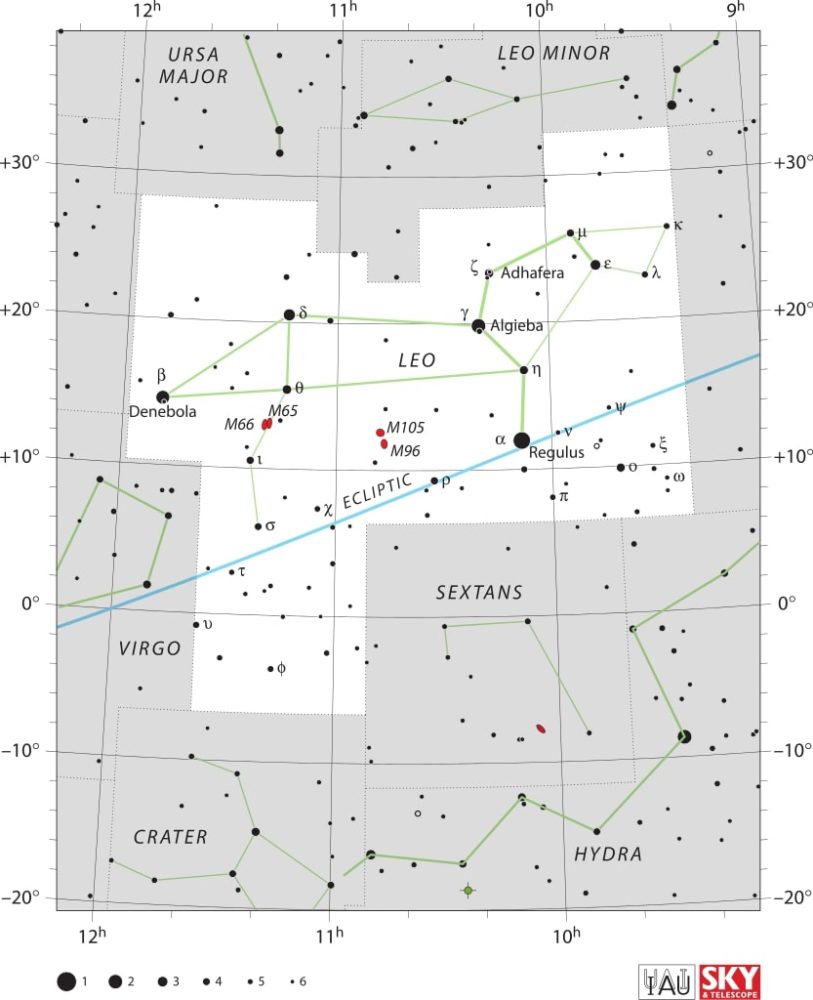
Moon phases
As you know, the moon has a big impact on the visibility of celestial bodies in the night sky. So here are the moon’s phases for this month:
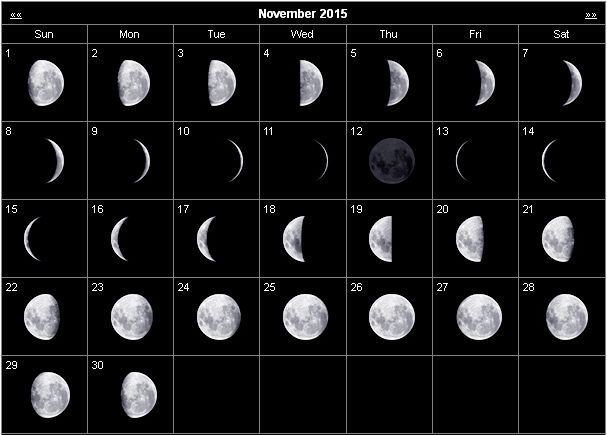
Positions of the planets this month
Mercury: The closest planet to the Sun can be seen at dawn and dusk travelling across the constellation of Libra. This planet, being the closest to the Sun, will appear to move quickly in the night sky and its position will change in the following weeks.
Venus: The sister planet can be seen travelling across the constellation Virgo, not far from Mars and Jupiter. Just like Mercury, Venus can only be seen at dawn and dusk.
Mars: The red planet can be seen in the constellation of Virgo.
Jupiter: The gas giant is visible in the constellation of Leo. Jupiter can easily be spotted with the naked eye, even in highly illuminated cities.
Saturn: The ringed giant can be seen with the naked eye between the constellations of Scorpius and Libra.
Uranus: The gas giant can be seen in the constellation of Pisces with the use of a telescope.
Neptune: The blue giant requires a telescope pointed in the constellation of Aquarius in order to be seen.
Major astronomical events next month
- December 7 – Conjunction of the Moon and Venus.
- December 13, 14 – Geminids Meteor Shower.
- December 22 – December Solstice.
- December 21, 22 – Ursids Meteor Shower.
- December 29 – Mercury at Greatest Eastern Elongation.
See also:
- Previous month’s calendar: Stargazing Calendar for October 2015
- Next month’s calendar: Stargazing Calendar for December 2015
Would you like to receive similar articles by email?



